Finally Driving the Legendary 911: The ’73 Carrera! A Porsche Cultural Treasure, No, a World Heritage!
公開日:2019.11.03
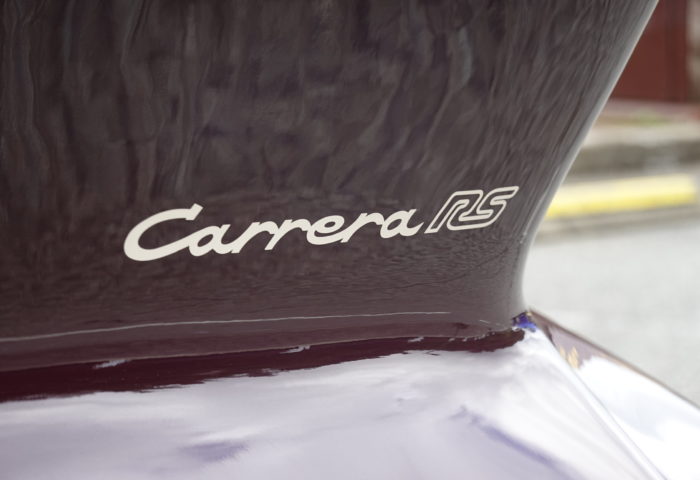
The other day, my husband came home from the Royu Driveway absolutely thrilled. When I asked, “What happened!?” he said, “I got to drive the ’73 Carrera!!” and then went on excitedly for about 30 minutes without calming down (laughs).
So, here’s an article with my husband’s impressions after driving the ’73 Carrera. Please enjoy.
911 Carrera RS 2.7
Let’s go back 46 years.
In 1973, Porsche developed a car to homologate for Group 4 of the World Championship at the time. They released the 911 Carrera RS 2.7, based on the 2.4L 911S, with weight reduction and a tuned 2.7L engine.
The 911/83 engine installed was a groundbreaking spec for the era, producing 210ps at 6300rpm and 26.0kgm at 5100rpm.
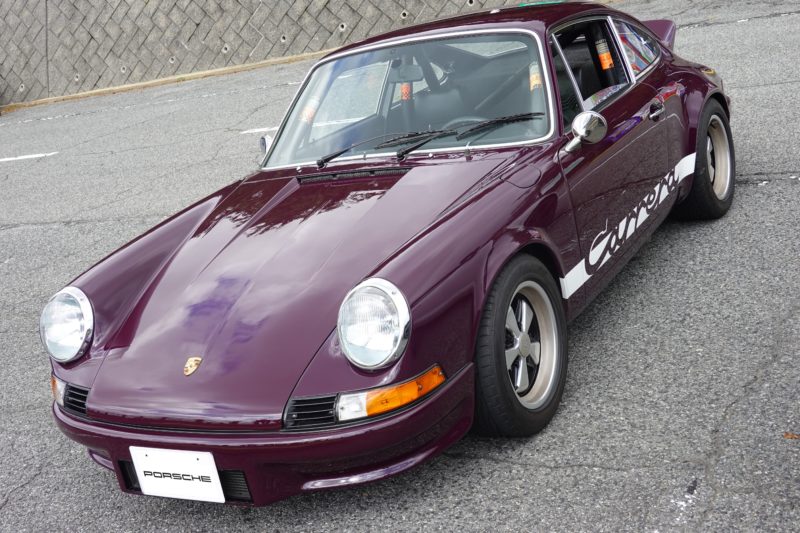
Initially limited to 500 units, it is said that eventually 1,580 were produced(numbers vary by source). It’s also famous as the first 911 to bear the name ‘Carrera’, making it the ancestor of today’s GT3 and GT3 RS models.
The car we had the privilege to test drive is one of the extremely rare 13 units officially imported to Japan at the time. I had seen it a few times before, but this time the owner kindly offered for us to drive it, and we humbly accepted.
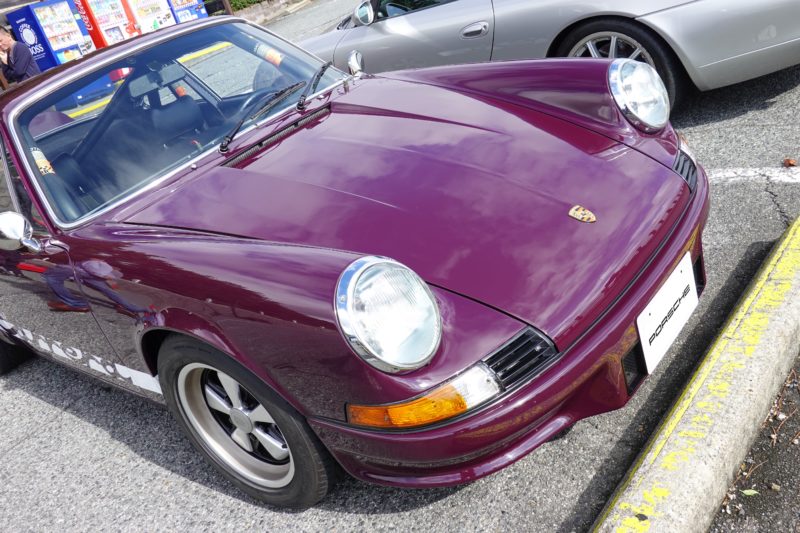
The body color is the original Urbachin (eggplant color), a very elegant shade. The rear fenders are flared, and the rear engine hood features the iconic ‘ducktail’, giving the car a beautifully flowing side profile.
This particular car is no ordinary ’73 Carrera. According to the owner, after official import, it was tuned using genuine Porsche parts to match the race-spec Carrera RSR 2.8 engine, producing over 300PS. In other words, it’s almost a Carrera RSR 2.8 under the skin.
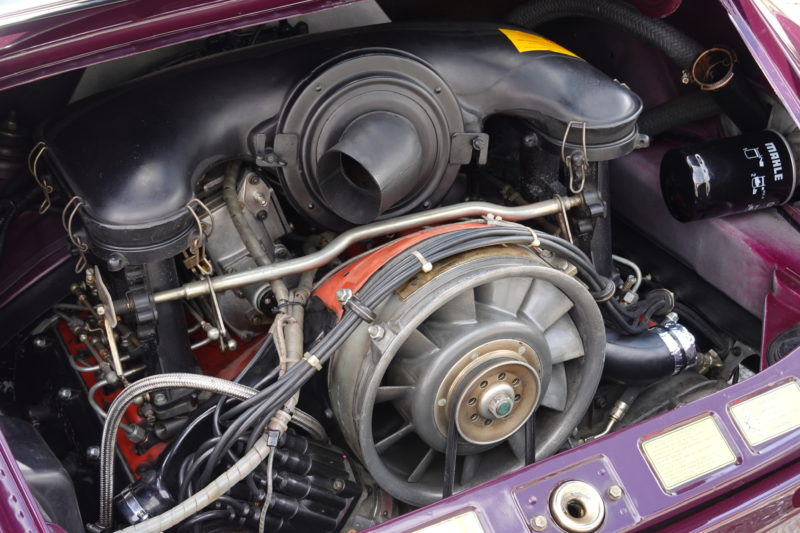
The interior is stripped down thoroughly, with a Porsche genuine MATTER aluminum roll cage installed throughout. The seats are fixed buckets, and naturally, there’s no heater or air conditioning. Because of this, it gets freezing cold in winter, requiring a blanket wrapped around the feet while driving.
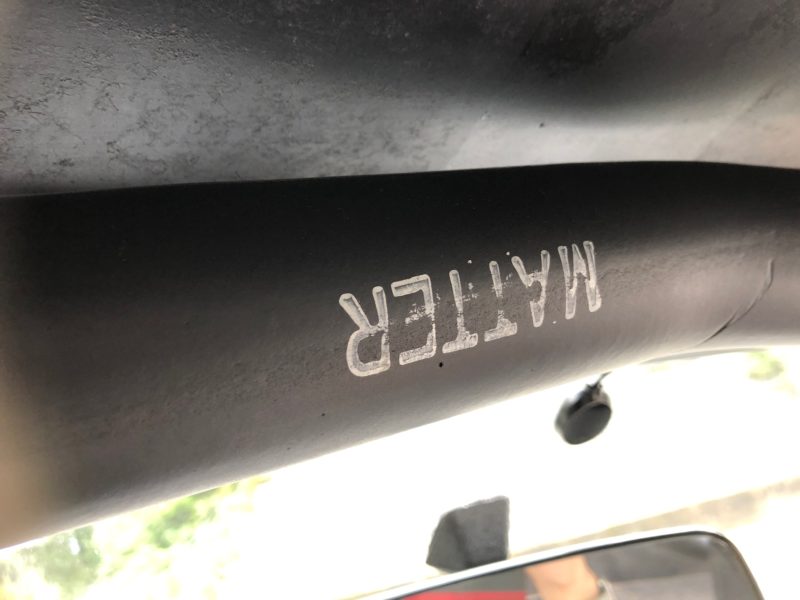
Test Driving the ’73 Carrera
Nervously, I got into the car. I often drive various classic cars, but this time the tension was something else. Sitting down in the compact seat, I buckled the 2-point seatbelt around my waist.
The engine started smoothly after a brief crank and roared to life. With no sound insulation, the engine noise echoed directly inside the cabin. Carefully pressing the clutch, I engaged reverse to back out of the parking spot.
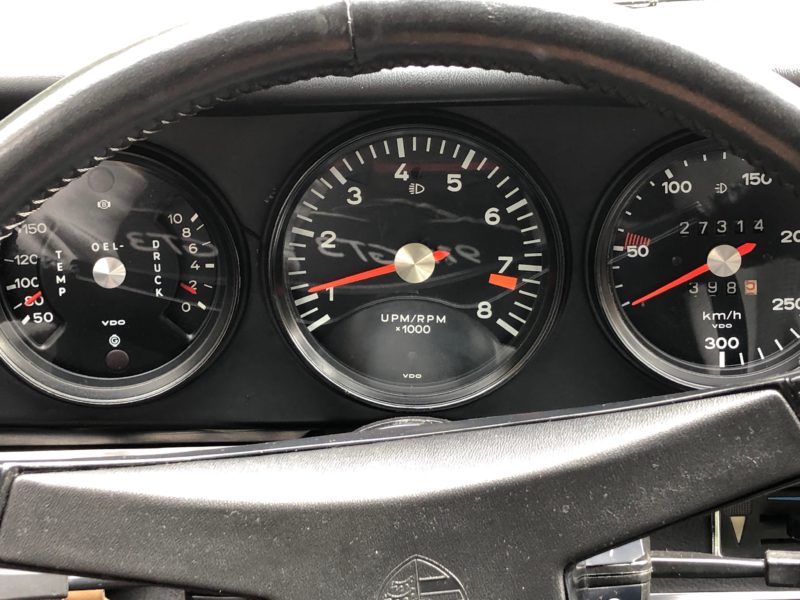
Slowly releasing the clutch, I found the bite point. The car started moving smoothly. I expected it to be more nervous and difficult to handle, but it wasn’t. I shifted into first gear again, gently engaging the clutch almost at idle while lightly pressing the accelerator.

My first impression was, “Wow, I can drive this so normally!?” It didn’t feel difficult or overly sensitive, at least not to me. Shifting into second and third, the acceleration was very satisfying.
Of course, since this is an extremely valuable car, I didn’t rev it high.
Still, the torque was ample even at low revs. The lightweight body, just around one ton, picked up speed effortlessly. The shifting wasn’t the crisp, clicky feel of modern sports cars but rather a soft, squishy sensation. This ’73 Carrera’s transmission is the famous Porsche-synchronized 915 type. While driving, it wasn’t hard to shift; rather, it felt like the gear was sucked in smoothly after a soft initial resistance. I thought this might be the famous “like cutting butter with a hot knife” feeling, and I thoroughly enjoyed the shift feel.
I had imagined a much harsher ride, but it wasn’t like that at all. Of course, it’s firm, but the strong body reinforced with the roll cage seemed to absorb unnecessary vibrations and shocks very well.
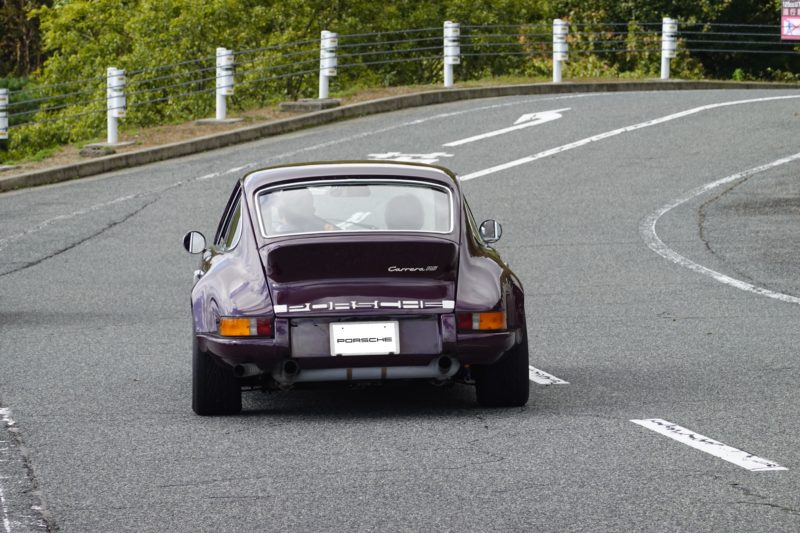
I flowed through the Hoden S-curves. I expected razor-sharp handling, but the initial turn-in was gentle. Huh? For a moment I wondered, but this is a 911, after all. A rear-engine, rear-wheel-drive car. And this one is a purebred 911. Just lazily turning the wheel while keeping the throttle steady won’t get the car to open up to the driver. It’s as if the car says, “If you want to drive like that, go somewhere else.”
Regaining focus, I carefully managed weight transfer and subtle throttle control. Then I couldn’t help but say to the owner beside me, “Wow, this really is a 911.”
When I think of air-cooled Porsches, I drive a 964 Carrera 2, and the driving style and handling are remarkably similar. It’s astonishing how alike they are. The same principles of backing off, turning the wheel here, and pressing the pedal there apply perfectly to the ’73 Carrera.
Since both are RR 911s, it makes sense, but to me, it felt like a lightly lightened 964 body with the sharpness of a GT3 added—a driving experience that moved me deeply. Despite the different eras and generations, Porsche has consistently engineered their cars with such coherence, and I was silently amazed.

On the long straights of the Royu Tunnel and elsewhere, I could control the speed effortlessly just by modulating the throttle, with no lack of power. However, in terms of straight-line stability and steering feel, the later 964 and modern Porsches have the edge.
Perhaps the very light body accentuates this impression.
Regarding brakes, it’s said that parts from the racing 917 were used, likely the same as those on the 930 Turbo. The feel is quite firm, and a casual, half-hearted press like driving a family car won’t stop you. You have to press firmly and consciously.
This required pedal effort reminded me a bit of the carbon brakes on the McLaren 650S.
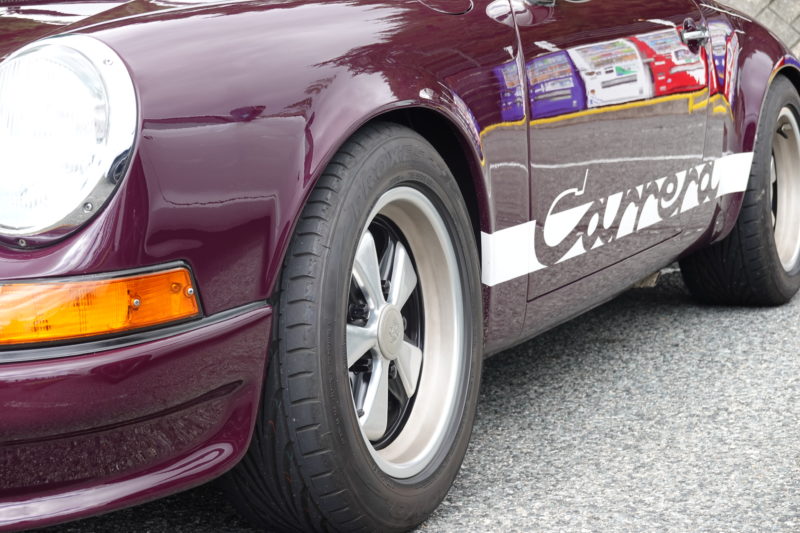
As the test drive neared its end, I got used to the car and was able to handle the winding roads smoothly and comfortably. And the exhaust note and engine sound from behind were extraordinary. It was the sound of a racing car—no exaggeration or theatrical effect, just a wonderfully satisfying roar.
Truly, a high-performance engine needs no embellishment. Its raw sound is the most beautiful.
A Porsche World Heritage-Class Masterpiece
After finishing the drive, calming my still-excited body, I turned off the engine and got out. A car like this will never be made again. Among Porsche fans, it’s a cultural treasure, no, a world heritage-class masterpiece. Being able to drive such a legendary car was truly a precious experience.
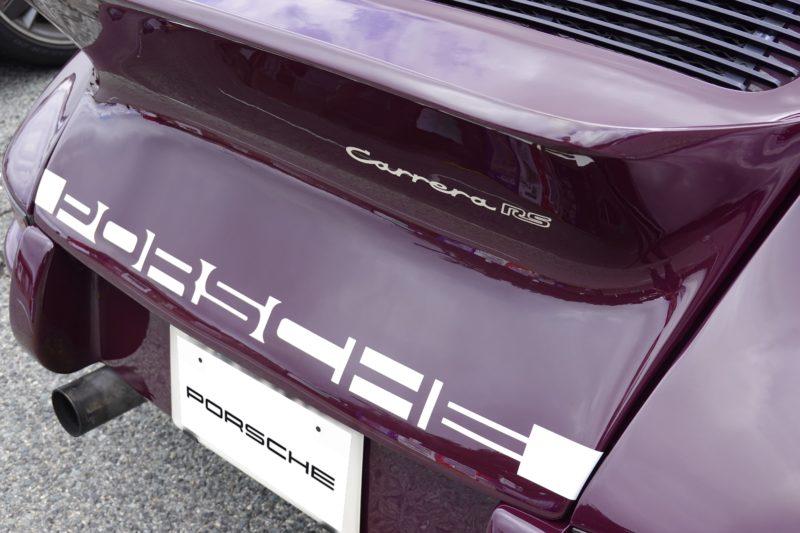
The owner also said he hopes cars like this will be passed down to future generations. In Japan, taxes on old cars are high, and maintaining classic cars is not easy, but we must cherish such masterpieces and prevent them from flowing overseas.
Thank you very much to the owner for letting us drive this incredibly rare car. I think this ’73 Carrera is tuned to a wonderful balance. Although some say it should be restored to the original ’73 Carrera specs, I believe this car is complete as it is. Please cherish and enjoy it in this condition for many years to come.
このブログが気に入ったらフォローしてね!


Comment ( 0 )
Trackbacks are closed.
No comments yet.